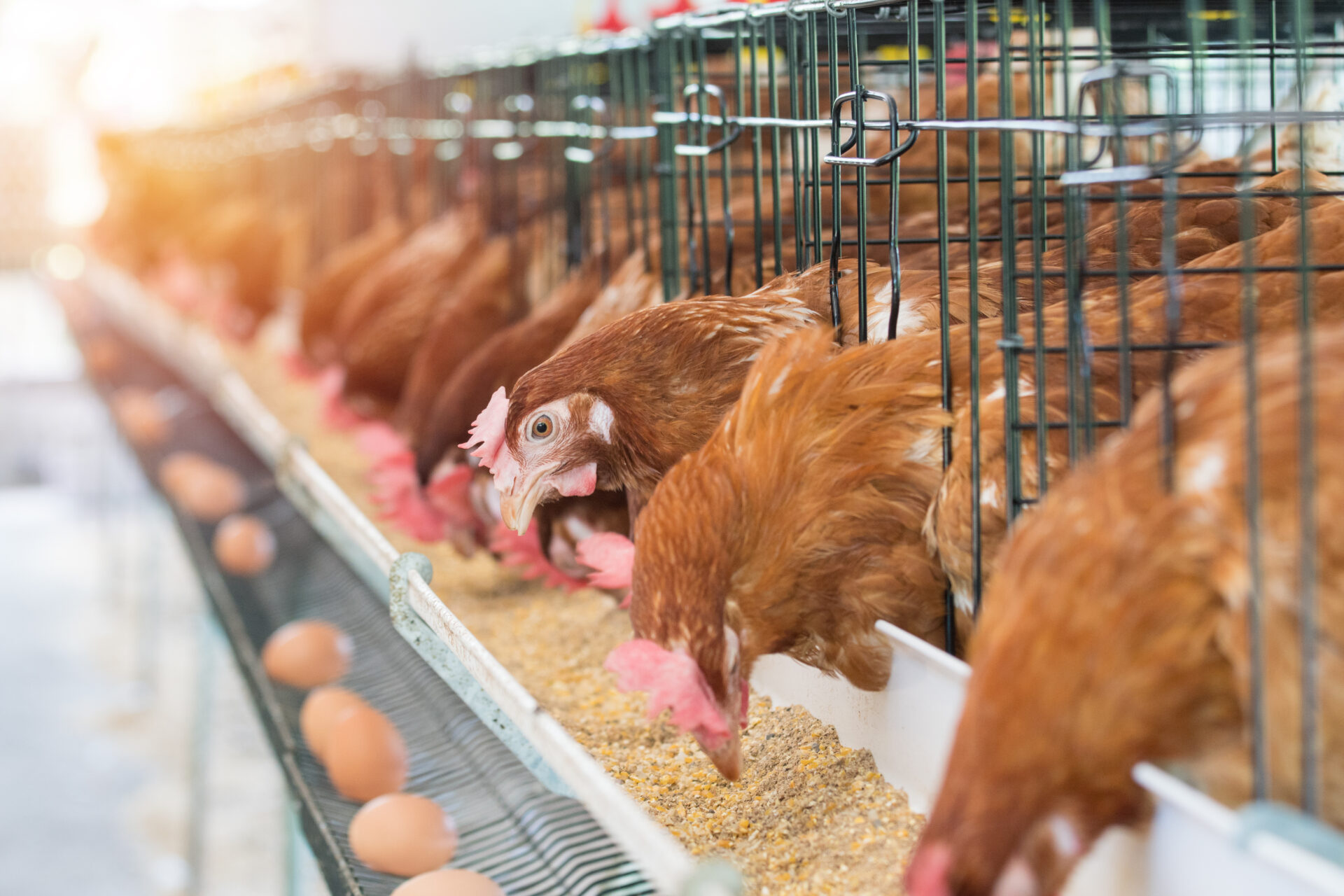Poultry Hub Australia has recently signed off the final round of grants that we have awarded this year. The aim of the funding is to encourage scientists to engage with industry and work together to develop innovative, applied research projects with the objective to solve problems faced by the Australian poultry industry. We would like to thank all those that submitted a project and congratulate those that have been successful and encourage others to keep up the great ideas. This year for a project to be considered it was crucial to have a direct industry collaboration and to demonstrate how the project would have impact in the poultry industry in the future.
Three projects have been funded at two universities, with a total investment of over $200,000 over two years. These projects will focus on precision feeding, feed additives and diet composition in laying hens. We look forward to bringing you more information over the coming months on these projects.
PHA 23-602: Evaluation of the prebiotic effects of xylo-oligosaccharides (XOS) in laying hens.
Natalie Morgan: Curtin University.
Xylo-oligosaccharides (XOS) are small chain sugars that fuel beneficial microbiota and stimulate fibre fermentation in the gastrointestinal tract. Numerous recent studies have proven that supplementing poultry diets with XOS improves bird performance, gastrointestinal health, and nutrient utilisation. Very few of these studies have been conducted in laying hens. Moreover, the XOS products tested in these studies contain a mixture of XOS with different molecular weights, but a recent PHA funded project proved that the size of the XOS fraction directly influences its efficacy in meat chickens. This has yet to be investigated in laying hens. Thus, the first aim of this project is to assess the impact of different size XOS in laying hens. In meat chickens it has been observed that feeding XOS to chicks improves performance in the adult bird, by priming the microbiome to achieve increased fibre-degrading capabilities. The second aim of this project is to determine if this is also true in laying hens, by examining if feeding XOS to pullets impacts laying hen productive performance and feed efficiency.
PHA 23-603: Optimising energy to protein ratio in Australian practical reduced protein diets for laying hens.
Thi Hiep Dao: University of New England
Reduction in dietary crude protein level via supplementation of crystalline amino acids to more closely meet ideal amino acid requirements may allow better protein utilisation while still maintaining production performance. This project optimises reduced protein diets for laying hens by exploring the effects of dietary energy to protein ratios in reduced protein diets on production performance, energy and protein digestibility, and environmental impact. Over 2022, soybean meal has doubled in price from approximately $500 to $1000/ton. By reducing dietary protein level with supplementation of crystalline amino acids, this project may remove up to 60% of soybean meal in the diet while maintaining laying hen performance. Furthermore, the development of optimal reduced protein diets in this project is expected to decrease the nitrogenous waste in the hen excreta by 38% thus significantly improving environmental sustainability in laying hen production. Therefore, this study will help to optimise feeding programs for laying hens resulting in improved feed efficiency, gut health, and litter quality while reducing nitrogen and ammonia emission, and industry reliance on protein meals such as soybean meal.
PHA 23-604 Optimising fine to coarse limestone ratio in the AM/PM diet to improve laying hen performance
Thi Hiep Dao and Amy Moss: University of New England
A novel feeding strategy where layer hen diets are split into AM and PM diets has been illustrated to improve hen production, health and welfare under Australian conditions. However, as less Ca is provided in the AM diet and extra Ca is provided in the PM diet, it is unclear whether the ratio of fine to coarse limestone should be adjusted in AM/PM feeding to maximise its benefits. This project will explore the effects of fine to coarse limestone ratios in AM/PM diets on laying hen performance to improve the economic and environmental sustainability of the Australian laying hen industry. This project will be directly relevant and beneficial to the Australian layer industry by optimising an AM/PM feeding regime for laying hens while also generating new knowledge in fine to coarse limestone ratios, which will facilitate precise feed formulation, enhance production efficiency and improve the economic sustainability of laying operations, generating environmental benefits and improving hen welfare.




